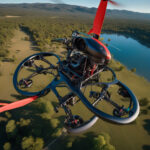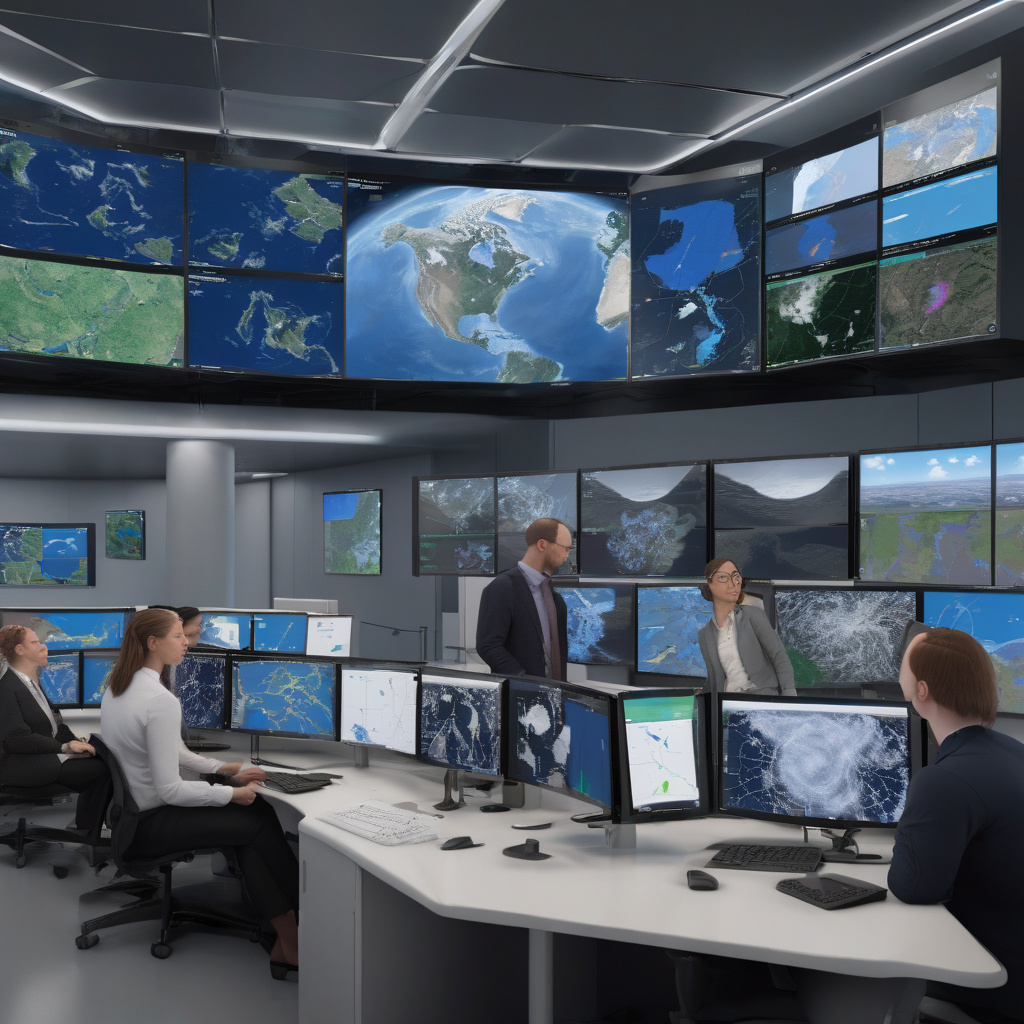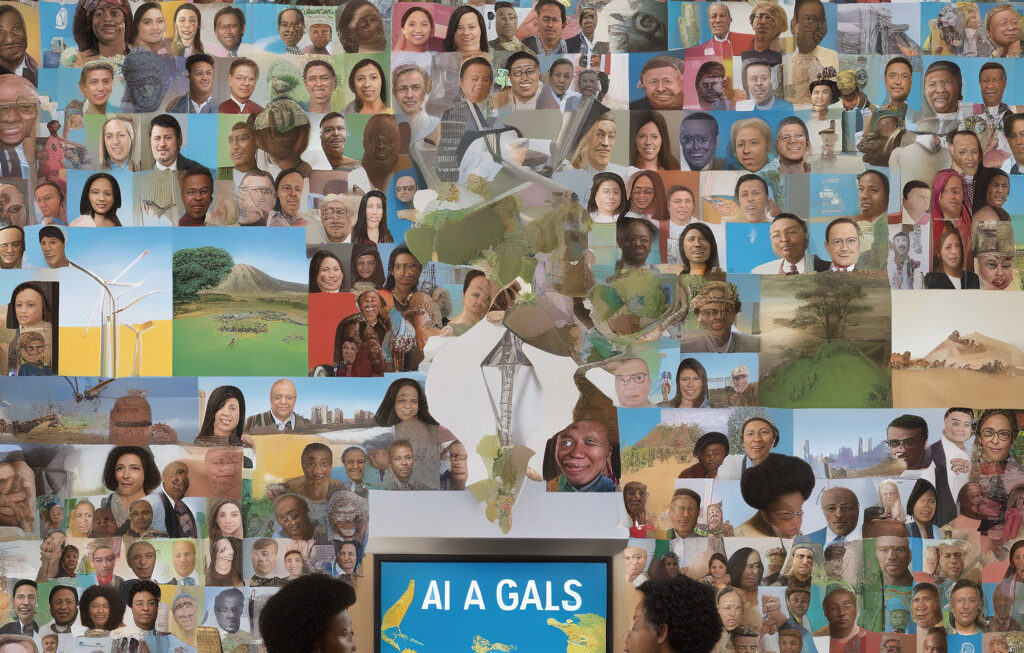Met Office and Microsoft Debut AI-Ready Forecasting System
In a groundbreaking collaboration, the Met Office has teamed up with tech giant Microsoft to introduce a cutting-edge forecasting system that leverages the power of artificial intelligence. This innovative partnership marks a significant milestone in the realm of weather science, promising more accurate and timely forecasts to better equip individuals and organizations in preparing for various weather conditions.
At the core of this collaboration is Microsoft Azure, the leading cloud computing platform. Notably, Microsoft Azure now hosts the world’s first cloud-based supercomputer specifically designed for weather science. This state-of-the-art infrastructure provides the Met Office with the computational power needed to process vast amounts of weather data rapidly and efficiently.
By harnessing the capabilities of AI and machine learning, the new forecasting system aims to enhance the accuracy of weather predictions. Through advanced algorithms and data analytics, the system can analyze complex atmospheric patterns and historical data to generate forecasts with improved precision. This level of accuracy is crucial for a wide range of industries, including agriculture, transportation, and emergency management, where even minor changes in weather conditions can have significant implications.
One of the key advantages of this AI-ready forecasting system is its ability to adapt and learn from real-time data. As weather patterns continue to evolve and become increasingly unpredictable due to climate change, having a system that can quickly adjust and refine its forecasts is paramount. With Microsoft Azure’s scalable infrastructure, the Met Office can continuously enhance its forecasting models to keep pace with the ever-changing dynamics of the atmosphere.
Moreover, the collaboration between the Met Office and Microsoft underscores the growing importance of public-private partnerships in driving innovation. By combining the Met Office’s expertise in meteorology with Microsoft’s technological prowess, the two entities have created a synergy that pushes the boundaries of traditional forecasting methods. This partnership not only benefits both organizations but also sets a precedent for future collaborations between the public and private sectors in tackling complex scientific challenges.
The implications of this AI-ready forecasting system extend far beyond improved weather predictions. By demonstrating the potential of AI in enhancing forecasting capabilities, the collaboration between the Met Office and Microsoft paves the way for further innovation in weather science and related fields. As AI technologies continue to advance, we can expect more sophisticated forecasting systems that provide valuable insights for decision-making and risk management in various industries.
In conclusion, the debut of the AI-ready forecasting system by the Met Office and Microsoft represents a significant milestone in the integration of AI technologies into weather science. With Microsoft Azure hosting the world’s first cloud-based supercomputer for weather science, the stage is set for more accurate, reliable, and timely weather forecasts that can benefit individuals, businesses, and society as a whole. As we witness the transformative power of AI in revolutionizing forecasting capabilities, the collaboration between these two entities serves as a testament to the potential of leveraging technology for the greater good.
Met Office, Microsoft, AI, Forecasting System, Weather Science












